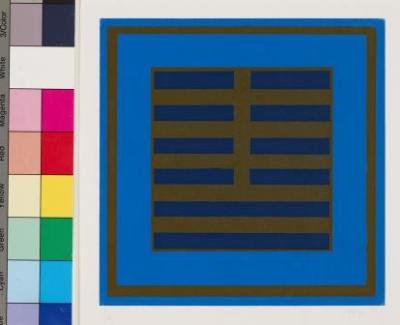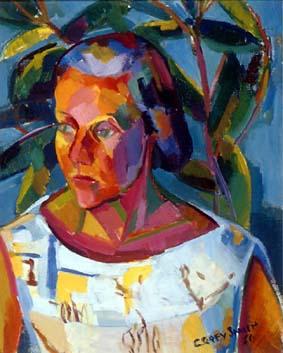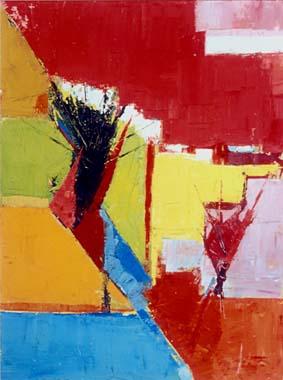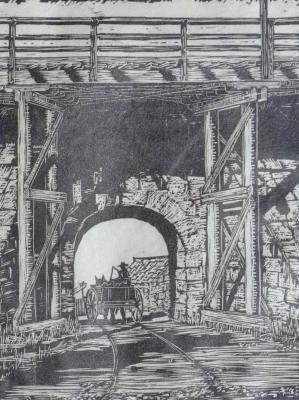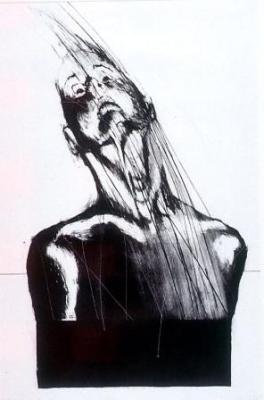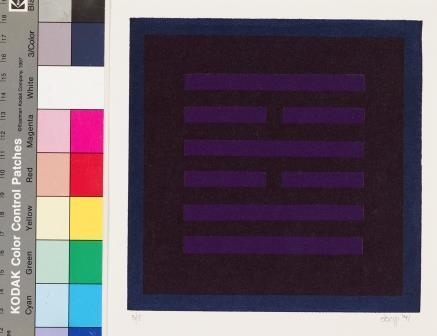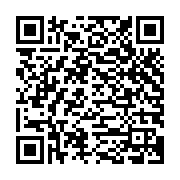Opposition
1971Three colour screenprint
Dorizzi produced this print series following his National Military Service in 1970. The works are inspired by his emerging philosophical interests, inspired by Confucianist I Ching hexagrams and trigrams.
This print series was acquired by donation from RJ Dorizzi, following his exhibition at Fremantle Arts Centre COFAC Gallery Sept 26 - Nov 30, 2014
Details
Details
Robert Dorizzi, born in Perth in 1948, pursued studies in Commercial Art (Graphic Design) and Printmaking at James Street Technical School (Perth Technical College) from 1965-67. He served in Vietnam with the 6th Royal Australian Bn. Motorised Infantry from 1969-70 as part of his National Military Service. Afterward, he completed an Associate Degree in Fine Arts at Western Australian Institute of Technology (WAIT) in 1971, sharing a studio with artist Giles Hohnen in East Fremantle.
In 1972, Dorizzi lectured on printmaking at Perth Technical College and earned his Graduate Dip. in Education at Secondary Teachers College in 1973, teaching subsequently at Graylands Teachers College and various State secondary schools. Known for the personal quality of his prints, Dorizzi's works reflects the collective dramas, failties and strengths that we all share, but also the raw senisitvities and insights that are specifically his. His printed images, before and after Vietnam, concisely detail aspects of his imaginative and real world experiences.
Many od Dorizzi's best early prints are his line etchings, which exhibit a subtle yet intuitive quality, capturing a range of figurative and landscape subjects referencing his art school days, friends, family, military service, and personal experiences with modesty and fluidity of style. Influenced by historical, philosophical, literary, and artistic figures such as Durer, Goya, Sickert, R.B. Kitaj, Francis Bacon, and David Hockney, Dorizzi's prints often stand as single proofs, rather than printed editions, orienting his oeuvre with drawing, a discipline strongly espoused during his graphics training at art school. It was through the primary of drawing later in his career, that Dorizzi found a departure point and stimulus for his artistic recovery.
Dorizzi produced a number of prints prior to his deployment to Vietnam in 1969. Together they realise complex feelings through diversity of imagery referencing both the WWII service of his father in Hooray for brass buttons, 1968 and decision to marry his then partner during embarkation leave in Wife of a hired gun, 1968. His post-Vietnman prints, initiated during his studies at WAIT, include colourful screenrpints of classical Chinese confucianist I Ching hexagrams/trigrams and figurative prints exploring themes of service and mythological symbolism.
During his recovery for Encephalitis, Dorizzi produced a series of poignant self-portraits. These images of varying scale and complexity were produced using a number of print techniques, in which Dorizzi is pictured in a melancholic state, his eyes averted from the viewer. Here Dorizzi references the figurative prints of Walter Richard Sickert (1860-1942) and revisits his earlier homage to Sickert’s taken at Dorizzi’s 39th birthday party soon after he left hospital in 1987. This is a critical moment for Dorizzi, when impacted by his illness he could not recognise his friends, family or indeed himself. Much of his memory of his service in Vietnam was erased. Remarkably it was with the support of his workplace colleagues at the time that Dorizzi continued to “function” in a teaching role for a decade. During this period, he persevered with growing his art through making elaborate classroom demonstration prints and the self-portrait series after hours.
It was not until his early retirement from teaching in 2000 that Dorizzi found a renewed purpose and direction in his art making. Emerging from an illness that tragically and dramatically erased his episodic memory, including the “hard stuff” from Vietnam, he used drawing as a means to regain his focus. He established a studio practice and embarked upon a “routine” of rediscovering his visual language through drawing, a trajectory largely defined by his graphic art training from decades before. From the seeds set within the best of his line etchings, Dorizzi has refined his formal sensibilities to explore mark making through a range of line and tonal compositions. His precision in controlling his materials is a window to a process inextricably linked to his sense of self. From 1968 his prints were included in the Print Council of Australia touring exhibition and UWA Guild Prize. He was Perth Prize for Drawing, University of Tasmania Print exhibition involved in establishing, and exhibited at, Praxis in 1975 and his prints and photography were, Casula Powerhouse, 1997. Dorizzi exhibited a significant body of his Vietnam Voices included in (White Gum Valley; Giles Hohnen and Eveline Kotai) in RJ Dorizzi at WGV new drawing and painting 2008 and again at Perth Galleries in 2010 and 2012
